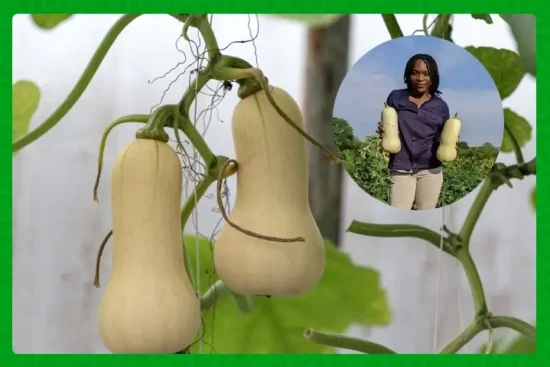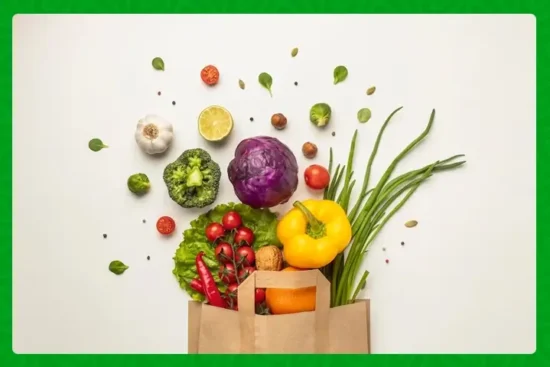
Vermicomposting is a process of making compost using earthworms, which convert organic waste into manure rich in nutrients and has gained significant popularity in recent years. This eco-friendly approach utilizes the natural abilities of earthworms to break down organic matter into nutrient-rich compost. Organil Services takes you on a journey into organic practices that naturally aligns seamlessly with the principles of vermicomposting.

Steps of Vermicomposting
The following are the main steps involved in vermicomposting:
- Prepare a bin or a tank to hold the organic waste and the earthworms. The bin should have drainage holes (aeration is important for the decomposition) at the bottom and a lid to prevent moisture loss and pests. The size of the bin depends on the amount of waste available and the number of earthworms needed.

- Collect organic waste such as kitchen scraps, vegetable peels, fruit rinds, coffee grounds, tea bags, egg shells, paper, cardboard, etc. Avoid meat, dairy, oily, spicy, or salty foods, as they may attract flies and rodents, and harm the earthworms. Chop the waste into small pieces to speed up the decomposition process.
- Add a layer of soil or sand at the bottom of the bin, about 2-3 inches thick. This will help with drainage and provide grit for the earthworms to digest the waste.

- Add a layer of bedding material on top of the soil or sand, about 6-8 inches thick. The bedding material can be dried leaves, straw, hay, shredded paper, or coconut coir. The bedding material should be moist but not soggy, as the earthworms need moisture to breathe and move. This serves as both a habitat for the worms and a source of carbon for the composting process.

- Sprinkle some cow dung or partially decomposed compost on the bedding material to inoculate it with beneficial microbes and worms. This will also provide some food for the earthworms to start with.
- Introduce the earthworms to the bin. Selecting the appropriate type of worms is crucial for successful vermicomposting. The best species for vermicomposting are red wigglers (Eisenia fetida) or red earthworms (Lumbricus rubellus), as they are voracious eaters and breed quickly.

- Cover the bin with a lid or a cloth to maintain the moisture and temperature. The ideal conditions for vermicomposting are 20-30°C and 70-80% humidity. Keep the bin in a shady and well-ventilated place, away from direct sunlight and rain.
- Feed the earthworms regularly with fresh organic waste, about once or twice a week. Bury the waste under the bedding material to avoid odors and flies. Do not overfeed the earthworms, as this may cause anaerobic conditions and produce harmful gases. The earthworms can consume about half their body weight per day.
Harvest the vermicompost after 2-3 months, or when the bin is full of dark, crumbly, and earthy-smelling material.
You can separate the vermicompost from the earthworms by one of the following methods:
- Sifting: Use a mesh or a sieve to sift the vermicompost and collect the earthworms. Return the earthworms to the bin with fresh bedding and waste.
- Sunlight: Spread the vermicompost on a tarp or a sheet under the sun. The earthworms will move away from the light and gather at the bottom. Collect the vermicompost from the top and return the earthworms to the bin.
- Migration: Divide the bin into two sections with a divider. Add fresh bedding and waste to one section and stop feeding the other section. The earthworms will migrate to the new section in search of food. Collect the vermicompost from the old section and repeat the process.
Materials Required for Vermicomposting
The following are the main materials required for vermicomposting:
- A bin or a tank with drainage holes and a lid.
- Organic waste such as kitchen scraps, vegetable peels, fruit rinds, coffee grounds, tea bags, egg shells, paper, cardboard, etc.
- Soil or sand.
- Bedding material such as dried leaves, straw, hay, shredded paper, or coconut coir.
- Cow dung or partially decomposed compost.
- Earthworms, preferably red wigglers or red earthworms.
- Water.

- Important tips for successful Vermicomposting Process:
- Feeding the Worms: Worms thrive on a balanced diet of kitchen scraps, vegetable peels, coffee grounds, and small amounts of fruit. Avoid feeding them dairy, meat, or oily foods. Chop the scraps into smaller pieces for faster decomposition.
- Maintaining Moisture Levels: Proper moisture is crucial for the worms’ well-being and the composting process. Sprinkle water as needed to keep the bedding damp, resembling a wrung-out sponge.
- Turning the Compost: Periodically turn the compost to aerate it and accelerate decomposition. Be gentle to avoid harming the worms. This process ensures that all parts of the bin receive equal attention.
- Temperature Control: Ensure that the vermicomposting bin is kept in a temperature range 20-30°C.
Benefits of Vermicomposting
The following are some of the benefits of vermicomposting:
- Vermicompost is a rich source of nutrients such as nitrogen, phosphorus, potassium, calcium, magnesium, iron, manganese, zinc, etc. It also contains beneficial microbes, enzymes, hormones, and humic acids that improve soil health and plant growth.
- Vermicompost improves the physical, chemical, and biological properties of the soil. It enhances the water-holding capacity, aeration, drainage, structure, and texture of the soil. It also reduces soil erosion, compaction, salinity, acidity, and alkalinity.
- Vermicompost suppresses the growth of pathogens, pests, and weeds in the soil. It also increases the resistance and immunity of plants to diseases and stress.
- Vermicompost reduces the need for chemical fertilizers and pesticides, which are harmful to the environment and human health. It also saves money and resources by recycling organic waste.
- Vermicomposting is a simple, low-cost, and eco-friendly method of waste management. It reduces the amount of waste sent to landfills and incinerators, which emit greenhouse gases and pollutants. It also creates awareness and responsibility among people to reduce, reuse, and recycle waste.
Vermicomposting is a process of making compost using earthworms, which convert organic waste into manure rich in nutrients, valuable fertilizer and soil conditioner that can be used in gardening and organic farming. This role plays many benefits for the environment and human health, such as reducing waste, saving resources, improving soil quality, and enhancing plant growth.
Vermicomposting stands as a testament to the harmony between nature and agriculture. By integrating this method into farming practices, individuals can contribute to a greener, more sustainable future. Embrace the power of vermicomposting and witness the transformative impact it can have on soil health and the environment.
Organil Services advocates the promotion of environmentally friendly approaches to waste management and soil enrichment.

Organil Services are Registered for Organic Regulatory Certification Consultancy and Accreditation Services in the Industry. WhatsApp for a Prepaid Consultancy +91 8606551335 or Email : orgnil40@gmail.com.

















